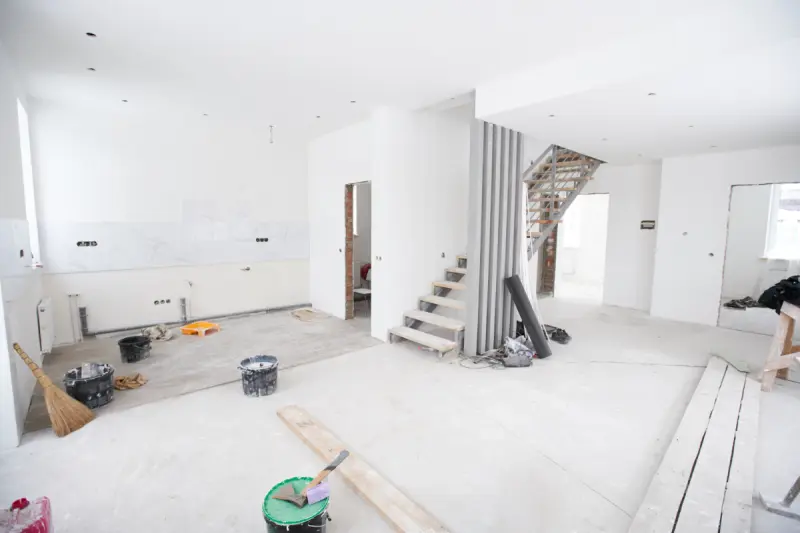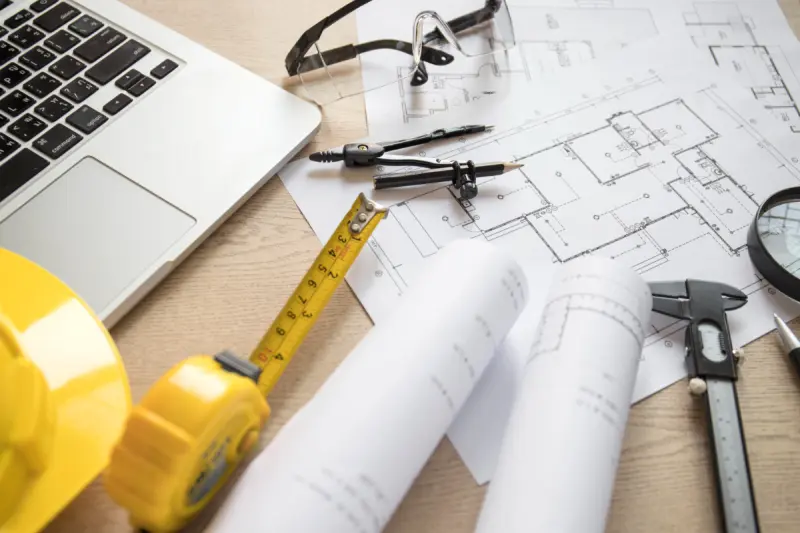Learn what a building maintenance strategy is and why it's essential for property management. Discover key components of an effective maintenance plan, including preventive, predictive, and corrective maintenance techniques.
What Is a Building Maintenance Strategy
A building maintenance strategy is a thoughtfully planned approach which guides an organisation in effectively scheduling, conducting, and managing the upkeep and repair tasks of its buildings. When we talk about the significance of building maintenance, we're actually referring to the array of strategies that are deployed to boost the lifespan and the overall functioning of the building and its diverse components.
The devised strategy covers important concerns like the age and condition of the building, the state of the equipment used, any potential safety risks that might crop up, and tight schedules, resources accessible, and the cost of any necessary repairs. To make this process successful, there is a need for a proficient maintenance team.
This squad’s duties include knowing the components of the building inside out and understanding the appropriate options for their preservation. The ultimate objective of this strategy is to make sure that the facility remains consistently safe to use, operates optimally, and retains its aesthetic appeal.
Why Are Maintenance Strategies So Important?
A well-devised building maintenance approach is essential for many reasons. This includes the promotion of health and safety, which is a central priority for any building, whether residential or commercial.
By conducting routine maintenance checks and tasks, potential safety hazards can be identified well in advance, averting accidents.
Building maintenance strategies are instrumental in extending the lifespan of the building as well as its assets. This involves supervising vital repairs and replacements, making certain that long-term, costly structural problems are avoided.
A structured and systematic maintenance regime can also contribute to the optimal use of resources. By scheduling maintenance work on a priority basis, both time and money can be spared.
Adding to these merits, the presence of a robust maintenance plan can greatly enhance the building's appeal and financial worth. Keeping the building in impeccable condition not only ups the structure's market value but also renders it considerably more attractive to prospective tenants or purchasers. An attractive, well-maintained building is a tempting proposition for those looking to rent or buy, making it a prime investment.
Lastly, a well-thought-out maintenance plan backs the smooth functioning of business operations effectively. Interruptions or delays to the daily business operations could result from equipment malfunction or building-related issues. Such disruptions can prove costly, damaging and perplexing, which always rings particularly true for business owners.
Considerations When Developing a Maintenance Strategy
Creating a solid building maintenance strategy is more complex than you might initially think. To start with, understanding the facility's specific requirements is an absolute necessity. This means the maintenance team needs to become familiar with the unique aspects and individual equipment within the building.
Each element could have its own unique set of maintenance tasks, which need to be accurately identified and understood. Another crucial area to consider is the resources that are available. This includes time, knowledge and funding. These resources will affect the scope and depth of the maintenance plan and should be realistically assessed.
Setting clear objectives is also essential for creating an effective building maintenance plan. These goals must be specific, measurable, achievable, realistic and time-bound, often referred to as 'SMART' objectives. Having such objectives ensures the team is focused and can measure their success in maintaining the facility.
Keeping health and safety regulations at the forefront of the strategy development is vital. This ensures the safety of the building and all its occupants.
This includes thinking about potential hazards, fire safety and other health-related factors within the building. In conclusion, a well-rounded and robust building maintenance strategy is one that considers and addresses a range of important factors and details.
Implementing an Effective Maintenance Strategy
For a building maintenance strategy to be effective and successful, the manner in which it is implemented is of utmost importance. The strategy itself is meaningless unless it is executed with efficiency and precision. Paramount to this is the establishment of reliable communication pipelines by the maintenance management. These communication lines are crucial for reporting potential issues, scheduling required repairs, and monitoring the progress of ongoing work.
Regular inspections hold immense importance in this regard. These inspections ensure that potential problems are identified at an early stage, enabling the maintenance team to rectify them before they escalate into severe damages or malfunctions. Such proactive steps are crucial to maintaining the overall good health of the building.
Additionally, it is necessary for the management to ensure the allocation of sufficient resources for maintenance tasks to facilitate smooth and efficient operations. Advancements in the maintenance sector necessitate regular skill enhancement and knowledge updates for the maintenance team. These knowledge updates equip the team with the latest methodologies and approaches, thereby enhancing their efficiency and effectiveness in maintaining the building’s condition.
Moreover, constant monitoring of the results of the maintenance activities is a way of ensuring continuous modification and enhancement of the overall maintenance strategy. Such monitoring offers invaluable insights into what aspects of the strategy are functioning well and which require attention or improvement. In conclusion, the implementation phase is vital as it is during this phase that the building maintenance plan comes to fruition.
Hence, it is necessary to accord due importance to the execution stage to ensure that your building maintenance strategy is not merely a well-written document, but a successfully implemented plan. This ultimately contributes to the longevity and optimal functioning of the building.

Types of Maintenance Strategy
Maintenance strategies vary in type and implementation, each one offering different advantages depending on the specific requirements of a building or organisation.
Some of these strategies include preventive maintenance, predictive maintenance, corrective maintenance, and condition-based maintenance. Preventive maintenance makes use of regular checks and repairs to prevent any unforeseen issues.
This approach is akin to taking a proactive stance in managing equipment, ensuring that potential problems are addressed before they develop into more significant issues. Preventive maintenance can include tasks such as regular cleaning, lubrication, adjustments, and minor replacements.
On the other hand, predictive maintenance requires continuous monitoring of equipment health and performance. Through the use of advanced technologies and data analysis, predictive maintenance can anticipate potential problems, allowing maintenance teams to address these issues before they can affect operations.
This approach can be highly effective in reducing downtime and enhancing the lifespan of equipment. Corrective maintenance, as the name suggests, is about addressing issues when they occur. This approach is reactive in nature, where faults are fixed only after they've surfaced. While this method may not prevent issues from occurring, it is an efficient way to tackle problems quickly and resume normal operations.
Lastly, condition-based maintenance is a strategy where maintenance tasks are performed when a device or equipment reaches a specific threshold. This often involves monitoring equipment for signs of decreased efficiency or other indicators that suggest potential issues.
Once these thresholds are reached, maintenance tasks are then carried out to prevent equipment failure. Overall, the choice of maintenance strategy generally depends on the building's characteristics, the type of equipment installed, and the resources available within the organisation. The best approach is typically a combination of all these methods, allowing for effective and comprehensive building maintenance.
Welcome to Manchester's premier property management and repair service! We specialise in ensuring your property stays in premium condition, offering comprehensive solutions for all your maintenance needs. Your property, our expertise – a perfect partnership.





